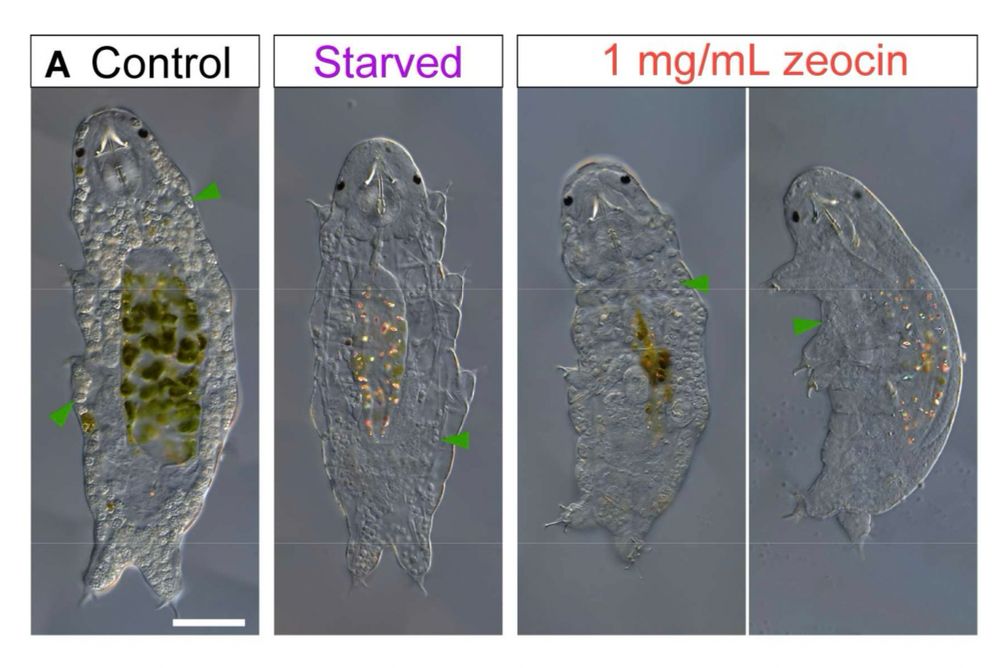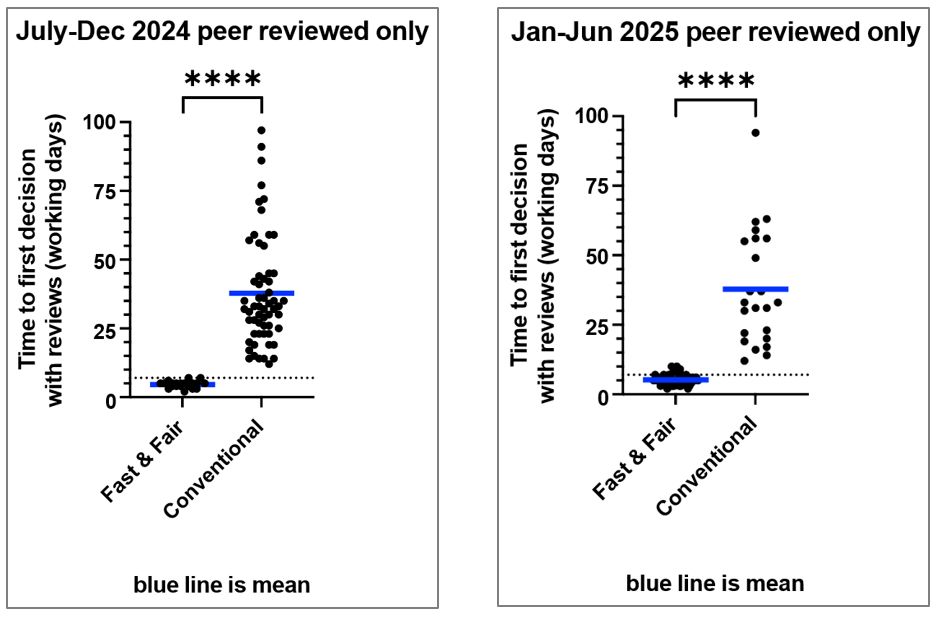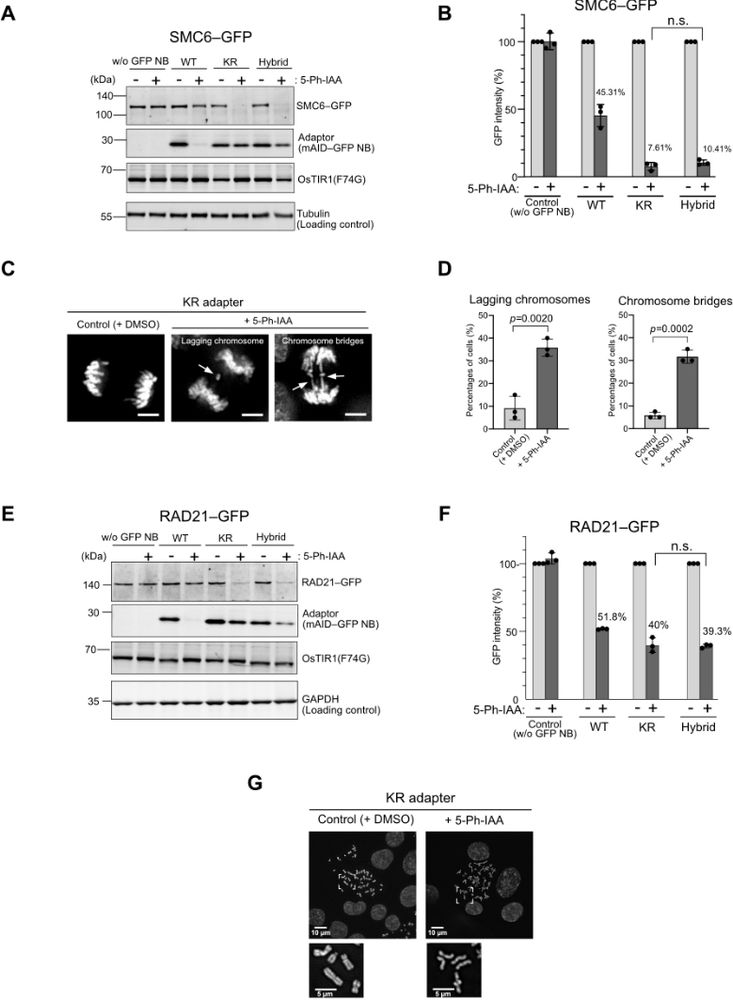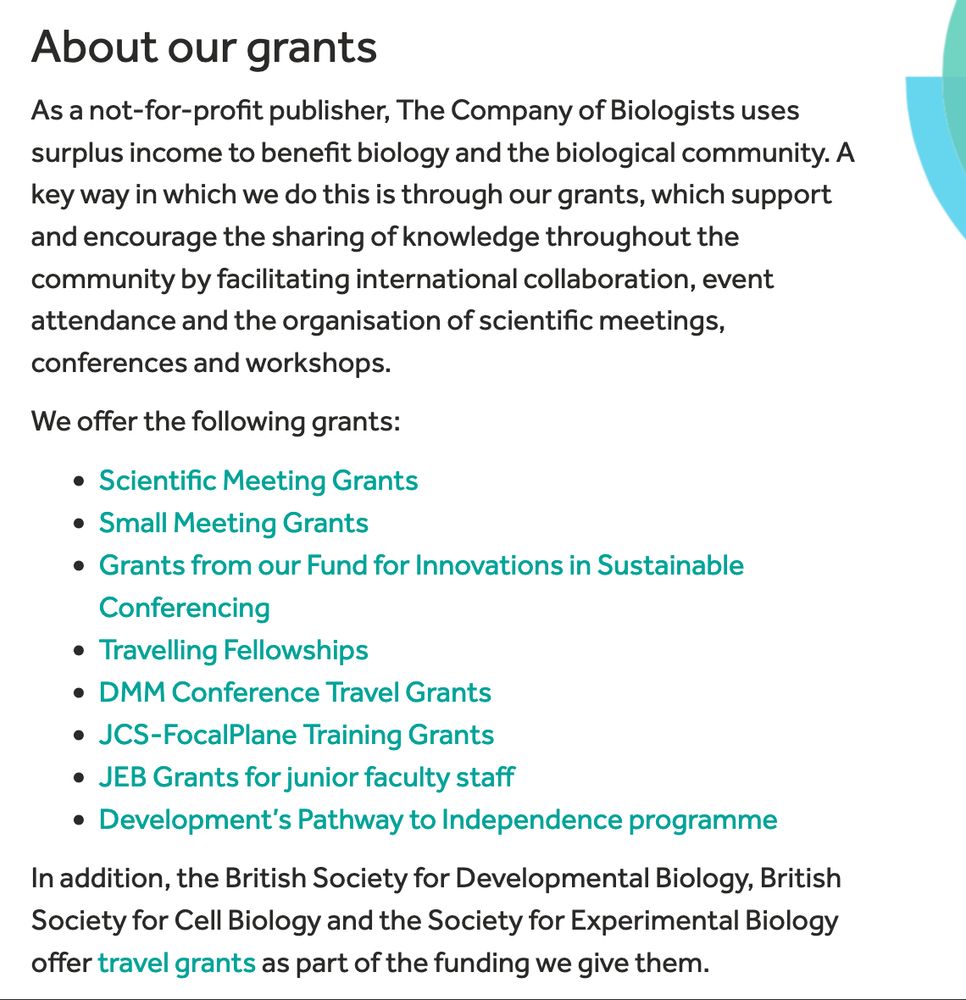
Registration open until January 31st 2026 at www.cabimer.es/workshop/


tinyurl.com/2j9hxmjb
#WomenInSTEM

tinyurl.com/2j9hxmjb
#WomenInSTEM
www.sciencedirect.com/science/arti...


www.sciencedirect.com/science/arti...
www.pnas.org/doi/10.1073/...

www.pnas.org/doi/10.1073/...
www.nature.com/articles/s41...

www.nature.com/articles/s41...
and Michelle Wang
www.biorxiv.org/content/10.1...

and Michelle Wang
👇
www.europeandissemination.eu/article/fat-...

👇
www.europeandissemination.eu/article/fat-...
Huge thanks to everyone involved for making this possible 🙏@icr.ac.uk

Huge thanks to everyone involved for making this possible 🙏@icr.ac.uk
Work explores how breast cancer cells interact directly with adipocytes via gap junctions, leading to lipid release.
@ctbatucsf.bsky.social @ucsfcancer.bsky.social

Work explores how breast cancer cells interact directly with adipocytes via gap junctions, leading to lipid release.
@ctbatucsf.bsky.social @ucsfcancer.bsky.social
Rejoignez chercheurs et experts pour explorer les dernières avancées en biologie des lipides, assistez à des conférences, posters et prix scientifiques !
Plus d'info : : www.gerli.com/congres/welc...

Rejoignez chercheurs et experts pour explorer les dernières avancées en biologie des lipides, assistez à des conférences, posters et prix scientifiques !
Plus d'info : : www.gerli.com/congres/welc...
#OpenAccess #ReadandPublish
journals.biologists.com/jcs/article/...

#OpenAccess #ReadandPublish
journals.biologists.com/jcs/article/...

doi.org/10.1111/febs...

doi.org/10.1111/febs...
www.biorxiv.org/cgi/content/...

Thrilled to share that we have discovered a brand-new anti-phage defense system! Bacteria have evolved various defense strategies (CRISPR etc) to counter phage attacks. We found a new one - fascinating and dramatic
⚔️🦠❄️🔬
www.biorxiv.org/cgi/content/...

www.biorxiv.org/cgi/content/...
www.biorxiv.org/cgi/content/...

www.biorxiv.org/cgi/content/...
www.biorxiv.org/cgi/content/...

www.biorxiv.org/cgi/content/...
#FastandFairPeerReview #PeerReview #ScientificPublishing

#FastandFairPeerReview #PeerReview #ScientificPublishing
#notforprofit
We invite you to submit your latest research to our special issue: Cell Biology of the Nucleus, guest edited by Abby Buchwalter @abbybuch.bsky.social, working alongside Megan King @luskinglab.bsky.social.
journals.biologists.com/jcs/pages/nu...

#notforprofit
Highlight: journals.biologists.com/jcs/article/...
Article: journals.biologists.com/jcs/article/...

Highlight: journals.biologists.com/jcs/article/...
Article: journals.biologists.com/jcs/article/...
www.biologists.com/grants/

www.biologists.com/grants/
doi.org/10.1111/febs...

doi.org/10.1111/febs...

